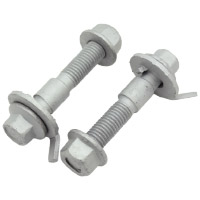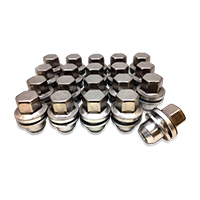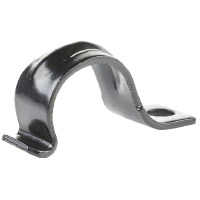FORD MONDEO Control arm rear and front
Control arm FORD MONDEO models at best prices
Control arm FORD MONDEO: useful information
-
Parts recommended for simultaneous replacement as part of a service kit
- Wiper blade
- Anti roll bar
- Shock absorber
- Anti-roll bar link
- Control arm repair kit
- Bolt, wishbone
- Track rod end
- Ball Joint
- Fastening Bolts, control arm
- Inner tie rod
- Ball Joint, axle strut
- Anti roll bar bush
- Repair kit, wheel suspension
- Trailing arm / Suspension arm bush
- Ball Head, gearshift linkage
- Bellow Set, drive shaft
- Wheel bearing kit
- Joint kit, drive shaft
- Minimum price £ 6,00
- Maximum price £ 473,00
-
Best pricesBuycarparts.co.uk offers Suspension arm of high quality for FORD MONDEO at very attractive prices
-
Save on shippingFree shipping within the UK applies to orders over £ 130 and excludes bulky items, tyres, or core parts.
-
Wide choiceWe currently have over 500,000 car parts in our product range.
-
Fast delivery
Shipping methods
-
Catalogue of manufacturers: Wishbone FORD MONDEO:
What are the types of suspension arms for FORD MONDEO? What are their functions?
The front axle of the Ford Mondeo is fitted with wishbone arms: two on each side. The upper one is connected to the steering knuckle and keeps the wheel perpendicular to the road surface. The lower one performs the same function and also controls the MacPherson strut, preventing it from swaying. The suspension arms have two bushings and one ball joint.
The rear suspension may differ depending on the car’s body type and year of production. For example, estate cars made between 2007 and 2012 are fitted with three straight control arms and one trailing arm per wheel. They prevent the hub from shifting relative to the car body, support the springs, ensure passive rear steer, and minimise body roll when accelerating and braking. They are attached to the rest of chassis parts and subframe by means of rubber-metal joints or threaded fasteners.
These components are most often made of steel, with cast iron and aluminium being less common alternatives. Steel parts are robust and reliable. They are characterised by high elasticity so they don’t crack but instead deform in case of collision. However, they are prone to corrosion. Cast-iron components are inexpensive but heavy. When subjected to excessive loads, they may break. Aluminium ones are light and corrosion-resistant. However, they are not as flexible as steel components and have to be replaced as a single unit.
How to maintain these car parts
Preventative maintenance includes the following measures:
- Regular cleaning.
- Fixing oil leaks from the steering rack, gearbox or final drive, for example, in time.
- Checking the gaps between components and bushings and replacing the latter if necessary.
- Checking that all fasteners are properly tightened.
What factors affect the service life of suspension arms for FORD MONDEO?
Firstly, the service life of these car parts depends on your driving behaviour and the quality of the road surface. Hard acceleration and braking, not slowing down over bumps and potholes, and driving off-road can cause the parts to deform and crack.
Torn ball joint boots are extremely dangerous for ball joints as dirt and moisture can get in and lubricant leak out. This leads to premature wear and tear of the polymer bearing and ball stud. Rubber-metal joints often lose their elasticity due to temperature fluctuations. Rubber elements can also deteriorate when exposed to aggressive chemicals such as engine oil, brake fluid, or unsuitable lubricants.
Is it alright to only replace faulty bushings when the control arms are still in good condition?
Most automakers allow bushings to be replaced separately. They are either pressed into or bolted to the link. However, if the bushing is pre-assembled on the suspension arm and flared, which makes it impossible to be removed, they have to be replaced as an assembly.
How often is it necessary to replace the components?
These parts don’t have a specific service life. They are changed when faults occur. Possible symptoms of malfunction include:
- Vehicle deviating from the trajectory when driving or braking.
- Uneven tyre wear
- Unusual sounds like thudding or creaking coming from under the vehicle.
- Steering becoming either less or more sensitive.













































































